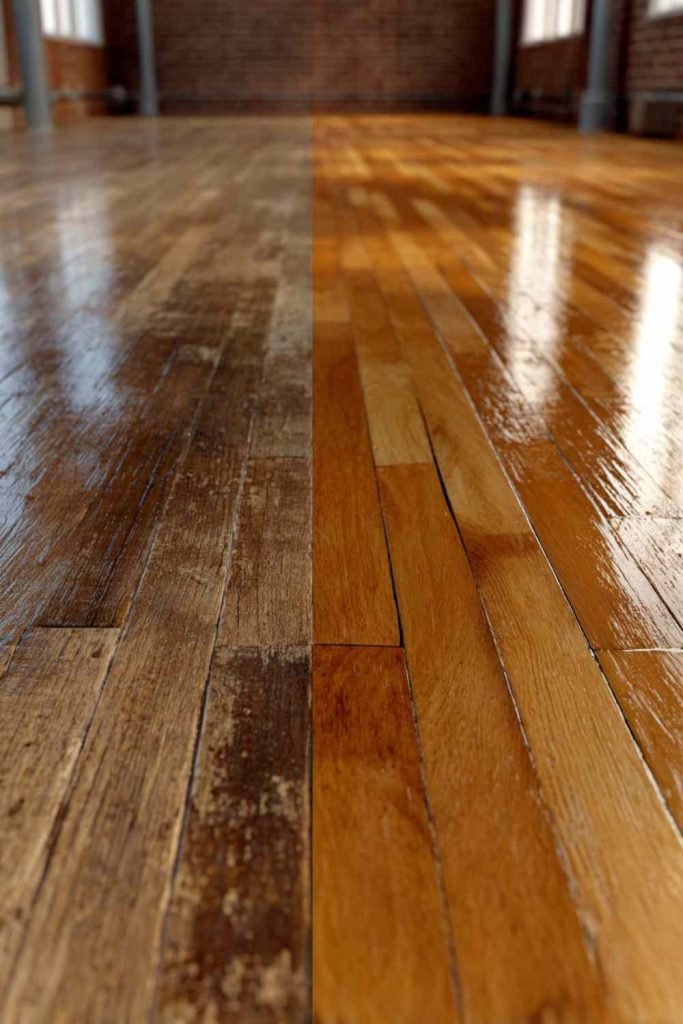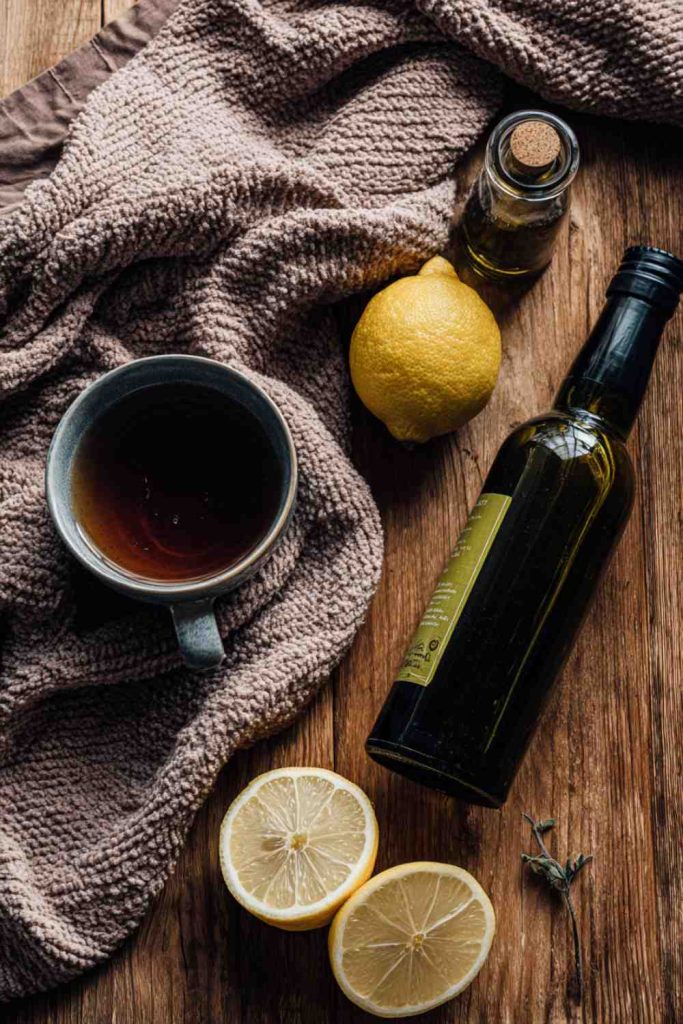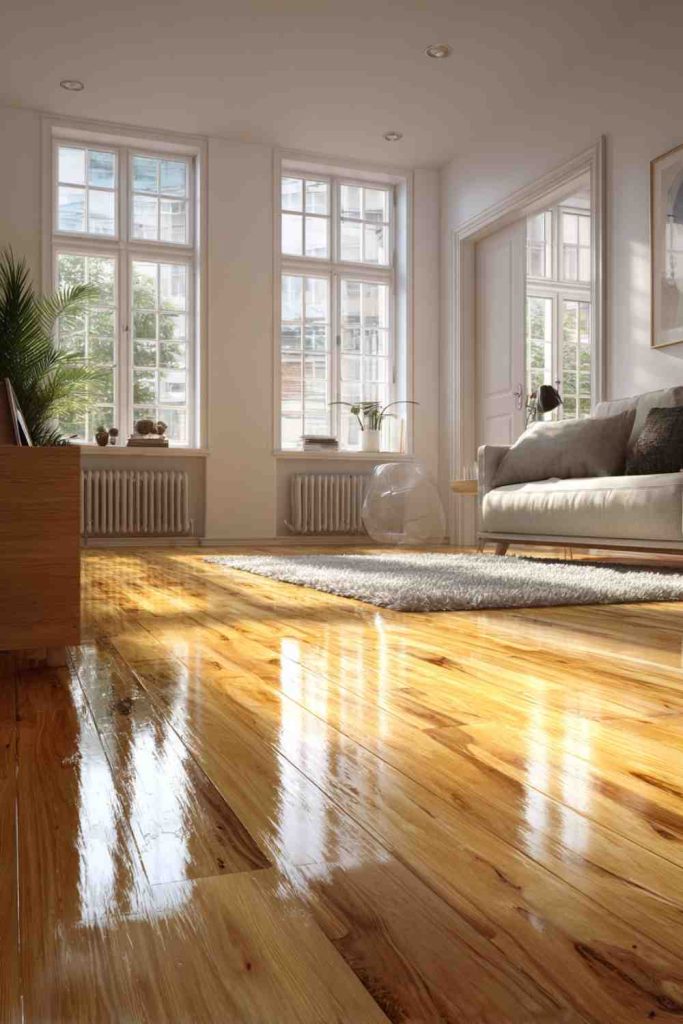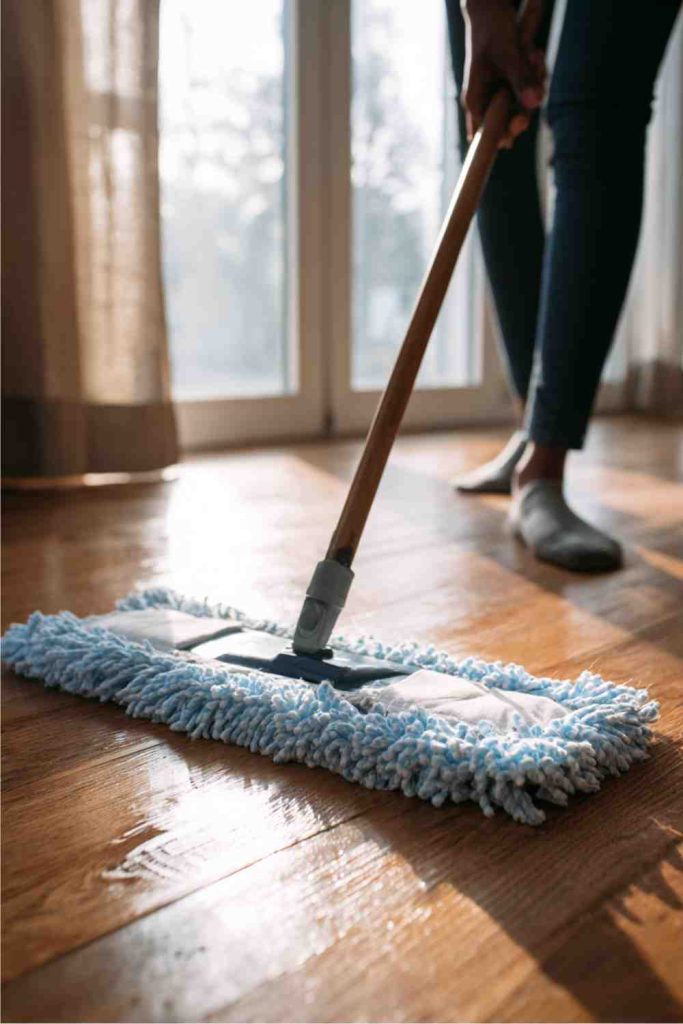Hardwood floors have that timeless charm. They ground a space, add warmth, and when they’re gleaming they make an entire room feel put together. But if yours look dull, cloudy, or scratched, you’re not alone. Shiny wood floors don’t stay shiny by accident. They need a little attention, the right products, and sometimes even old-fashioned tricks your grandmother (or a royal cleaner) would swear by.
This guide brings together expert tips, real-world examples, and a few natural hacks that actually work. By the time you finish, you’ll know not just how to make hardwood floors shine, but how to keep them glowing year after year.
Why Hardwood Floors Lose Their Shine
Wood floors don’t suddenly “go dull” overnight. Their finish, the thin protective layer on top, takes the brunt of daily life. And life is messy.
The everyday culprits
- Dirt, grit, and dust: Tiny particles act like sandpaper. Each step grinds them into the finish, creating microscopic scratches that scatter light instead of reflecting it. Over time, the result is a hazy, matte look.
- Mopping mistakes: Using a dirty mop just pushes grit around. Skip sweeping before mopping, and you’re basically rubbing mud into the finish.
- Harsh cleaners: Bleach, ammonia, pine oil, and undiluted vinegar are notorious offenders. They strip away shine, leave cloudy residue, or even weaken the protective seal.
- Skipping the buff: A damp mop is fine, but if you don’t follow with a dry buff, streaks and dull patches appear as the water dries unevenly.
- Scratches: Pets’ nails, high heels, sliding chairs, every scratch is a little light diffuser. Multiply that over thousands of steps, and shine fades fast.
When dullness means something bigger
Sometimes, no amount of cleaning or polish will fix the problem. That’s because the finish itself wears out. Most hardwood floors benefit from professional refinishing every three to five years. Refinishing strips away the old finish, sands the wood lightly, and applies a new coat of polyurethane or oil. It restores luster completely, but it’s also messy, time-consuming, and not cheap. If your floors are deeply scratched or gray in spots, it’s time to consider it.

Daily & Weekly Cleaning Habits for Shine
Here’s the thing: shine isn’t made in one big cleaning session. It’s built up through small, consistent habits.
Your daily defense
- Sweep or dust-mop: A microfiber mop or cloth is best. Unlike bristle brooms, microfiber grabs fine dust and hair. Do this once a day in busy areas like the kitchen, or every couple of days in lower-traffic zones.
- Vacuum carefully: Use a vacuum with a “hard floor” setting, or turn off the beater bar. A rolling brush may dig into the finish and create more scratches than it removes.
Weekly touch-ups
- Light damp mopping: Once a week, mop with a microfiber pad lightly dampened (not dripping) with water or a hardwood-safe cleaner. The floor should dry in a minute or two. If it’s taking longer, you used too much liquid.
- Traffic zones vs. quiet corners: High-traffic areas, think entryways or hallways, may need weekly damp mopping. Guest rooms? Once a month might be plenty.
- Buff it out: After mopping, run a clean, dry microfiber cloth or pad over the floor in gentle circles. It takes an extra five minutes, but it makes a big difference in streak control.
Best Products & Natural Polishes to Enhance Shine
The right product can either elevate your floors or quietly destroy them. Choosing wisely is half the battle.
Commercial cleaners worth keeping under the sink
Experts consistently recommend pH-neutral cleaners designed for hardwood. They clean without eating into the finish.
- Bona Hardwood Floor Cleaner Spray: A favorite among pros and DIYers. Quick-drying, eco-friendly, and leaves no residue.
- Fabuloso Lavender Multipurpose: A budget choice that works on sealed wood (and leaves the house smelling fresh).
- Swiffer WetJet for Wood: Convenient for touch-ups. The pre-moistened pads won’t oversaturate the floor.
- Other solid names: Murphy Oil Soap, Pledge wipes, Weiman cleaner, or even wet-dry machines like the Bissell CrossWave or Hoover FloorMate.
Natural shine boosters (that actually work)
Not everyone wants to spray chemicals, and sometimes the pantry has exactly what you need.
- Olive oil + vinegar + water: Add a few drops of essential oil for fragrance. The oil fills micro scratches, the vinegar lifts dirt, and together they add a soft sheen.
- Black tea rinse: A palace-approved trick. The tannins in tea darken and enrich wood tones while adding a natural shine. Just steep two bags, let cool, and mop with the liquid.
- Olive oil + lemon juice: Nourishes the wood and leaves a citrus scent.
- Vinegar + warm water: Works in a pinch, but always diluted, and not too often. Straight vinegar is too harsh for modern finishes.
- 1:1 vinegar and oil mix: Gentle, moisturizing, and leaves a subtle glow.

When to Polish or Buff Instead of Refinish
Refinishing is a last resort. Before you call in the sanders, try polishing or buffing.
How polishing works
- Start with clean, dry floors.
- Apply a commercial wood polish every two months, using a microfiber pad.
- Work in small sections to avoid overlap marks.
- Let it dry fully, sometimes up to 24 hours before walking on it.
- Once dry, buff lightly with a dry microfiber mop.
Polishing doesn’t last forever, but it fills tiny scratches, evens out dull spots, and adds a protective coat.
Quick fixes without sanding
If scratches are minor, polishing is usually enough. One flooring company demonstrated a simple process: vacuum → damp mop → apply polish → let dry. The shine was back in under an hour. That’s a weekend chore anyone can fit in.
Machine buffing
Older, solid hardwood floors can also be machine-buffed every three to five years. This involves lightly abrading the surface with a 180-grit screen before applying a new finish coat. It’s less invasive than full refinishing but achieves dramatic results.
Protect & Maintain Your Floor’s Finish Long Term
Shiny floors are only as good as your protection plan.
Scratch prevention basics
- Stick felt pads under furniture legs. Replace them every few months.
- Use rugs or mats in entryways and high-traffic spots. Shake them out often to prevent grit from collecting underneath.
- Keep pets’ nails trimmed, and gently discourage stiletto heels indoors.
Guard against moisture and sunlight
- Use as little water as possible when cleaning. If your floors are unsealed (water drops soak in), never wet-mop them.
- Avoid acidic cleaners that eat through sealants.
- Block direct sunlight with curtains or blinds to prevent fading and uneven dullness.
Keep a routine
- Dust daily.
- Damp mop weekly.
- Polish every 2–6 months, depending on how many people and pets share the space.
- Refinish every 3–5 years for heavily used floors.
Consistency is what separates perpetually shiny floors from ones that look worn after a single winter.

Case Studies & Real-World Shine Stories
Sometimes it helps to see how others do it.
- Royal shine secrets: The black tea trick isn’t folklore, it’s a method used in historic homes and even palaces. The tannins deepen the color and create a subtle gleam without wax or buildup.
- DIY weekend success: One homeowner shared that after vacuuming and applying a simple polish, their dull oak floor looked freshly refinished in under an hour. The difference was night and day.
- Natural polish trial: The Spruce outlined step-by-step recipes (olive oil + vinegar, black tea rinses) and showed how buffing afterward makes the sheen last longer.
FAQs
How often should I polish my hardwood floors?
Every two months is a good rule of thumb if you’re using polish. For long-term care, refinishing every three to five years keeps the finish strong.
Can I use vinegar to clean and shine floors?
Diluted vinegar is safe occasionally, but too much will dull the finish. Stick to hardwood-safe, pH-neutral cleaners for regular use.
What’s the quickest natural method for shine?
Black tea. It’s fast, cheap, and surprisingly effective. Steep, mop, buff – done.
My floors are dull with light scratches – do I need to refinish?
Not always. A polish can fill small scratches and bring back the gloss. If the scratches are deep or the finish is worn through, refinishing may be necessary.
How can I avoid moisture damage?
Always use a well-wrung mop, wipe spills immediately, and remember that wood and water don’t mix. Less is more.

Wrapping It Up
Making hardwood floors shine isn’t about one miracle product. It’s about steady habits, the right cleaners, and knowing when polish or refinishing is needed. Daily dusting, gentle weekly mopping, and occasional polish go a long way. Add in a few tricks, like the black tea rinse and you’ll keep your floors gleaming without breaking the bank.
Because when your floors shine, your whole home feels just a little brighter.


